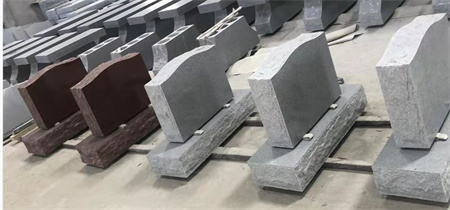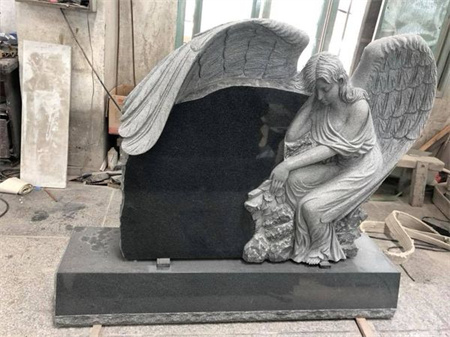How Granite Memorials Reflect Modern Artistic Movements

How Granite Memorials Reflect Modern Artistic Movements
Granite memorials, often seen as solemn markers of remembrance, are far more than mere symbols of loss. They have evolved over the years to reflect the broader shifts in the artistic landscape, showcasing how memorialization intertwines with the changing tastes, philosophies, and values of each era. Today’s granite monuments are not just static tributes; they are powerful expressions of modern artistic movements that have pushed the boundaries of what memorials can represent.
Historically, granite has been a go-to material for memorials because of its durability and permanence. The solid, timeless nature of granite made it the ideal medium for those wishing to create monuments that would endure long after their creators had passed. However, as modern art movements such as minimalism, abstract expressionism, and postmodernism took root, so too did the design of memorials, subtly shifting from the traditional and the literal to the conceptual and the abstract.
In the wake of minimalism, which championed simplicity and the removal of unnecessary elements, granite memorials began to embrace cleaner lines and more restrained forms. The ornate carvings of earlier generations gave way to smooth surfaces, often with little more than a name or a date etched into the stone. This approach echoed the minimalist mantra of “less is more,” emphasizing the beauty of the material itself rather than any elaborate decoration. The use of negative space in some designs also spoke to the idea of absence—a powerful concept in a memorial, which, rather than focusing solely on the life of the deceased, suggests the emotional and philosophical space they leave behind.


Furthermore, modern artistic movements have led to a more personalized approach to granite memorials. In the past, memorials were often standardized, with the same shapes, motifs, and symbols used to honor all who had passed. Today, however, there is a growing trend toward memorials that tell the story of an individual’s life in a more personal, creative way. Sculptors and designers now work closely with families to create monuments that reflect a person’s passions, beliefs, and unique characteristics. Whether it’s incorporating symbols of a beloved hobby, such as music or sports, or crafting a design that mirrors the deceased’s philosophy or aesthetic preferences, granite memorials have become a canvas for personal expression.

In essence, granite memorials today are not just stones set in the ground, but expressions of the artistic movements that shape our world. Whether they are minimalist or expressive, traditional or cutting-edge, they reflect the diversity of thought and creativity that defines modern art. By embracing these contemporary artistic influences, granite memorials have transcended their original role as simple markers, becoming dynamic, living pieces of art that continue to speak to the emotions and experiences of all who encounter them.